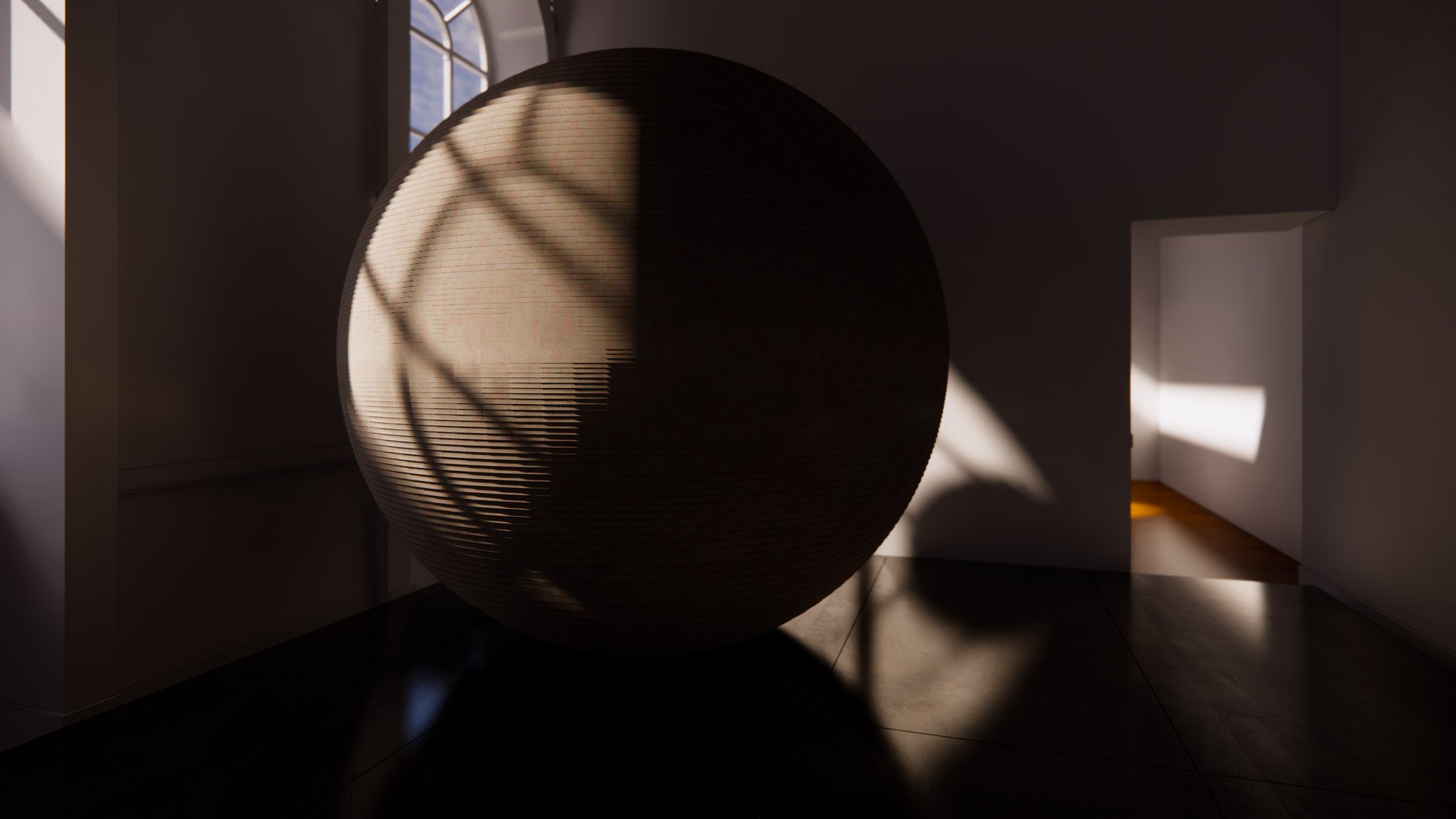Representing Malta, URNA is an innovative project exploring the unique and thought-provoking subject of cremation, merging design innovation with cultural significance.
“With URNA, I would really like to mark a return of the significance of rituals around death, where architecture facilitates human experience beyond the mundane and convenient. Death and dying are necessary realities to understand life and living, so rekindling a consciousness around them and finding beauty within it is what I hope audiences are led towards.”
Andrew Borg Wirth, Curator
“What I hope the public takes away from URNA is a sensation, a resonance.
I want people to feel, when looking at URNA, the deep, muted power of the Mediterranean. A place of exchange, of conquest, of sediment, but also of rites. Of ancient gestures in the face of death, in the face of absence, that still teach us how to dwell within the fragility of life. I sought to capture a tension between the materiality of Maltese stone and the present moment. I wanted to reveal the stone’s becoming-dust, the way it holds within itself the layered strata of time.
This project speaks of an architecture of passage, allowing a link between the body and the stone turned to dust, between what we once were and what we will become again. It is not about rebuilding belief systems, but about rediscovering a sensory language, a way of inhabiting matter, even beyond ourselves.”
Anne Immelé, Photographer
“I would like the audience to remember how powerful a landscape is in shaping who we are and how we process life itself, including, of course, death. I am happy so much attention will be given to the essential component of a Maltese landscape, which is the limestone(s). I would like the timelessness of the rock, the structure and the ritual on film, whether experienced as an installation or separately, to serve as a portal that allows the audience to tune into this timelessness and to rediscover it within themselves and the landscapes they live in and will be buried in.”
Stephanie Sant, Filmmaker
“My hope is that URNA leaves an imprint. Not as an object, but as a question. I think that URNA is not a monument to death but an architecture of passage, where matter and ritual intersect. URNA is a physical manifestation of a transient confrontation with the fragility of permanence itself.
I do not want the audience to simply observe URNA. I want them to experience its gravity; the slow pull of time, the shifting weight of material, the space it occupies within themselves. I want them to leave with the provocative realisation that architecture is not about permanence but about transformation. That to build is to acknowledge eventual ruin. That in the end, we do not own matter, we borrow it, momentarily, before it returns to something beyond us.”
Anthony Bonnici, Architect
URNA, the story. From concept to construction, from Malta to London, this is the journey of URNA so far. The documentary captures the voices, hands, and ideas behind Malta’s Pavilion at the London Design Biennale.
A film by Sam Chetcuti.
“For me, URNA is an invitation to think about the long afterlife of the body—not as absence, but as presence in another form. It is a reflection on how we craft our own sense of the sacred, not through inherited rituals, but through the way we perceive the world—through the weight of stone, the movement of time, and the quiet intelligence of nature itself.
Even in a secular world, the instinct to believe, to have faith, has not left us. But we have lost the means to express it. The rituals that once gave shape to these instincts have eroded, leaving us searching for new ways to understand our place within something vast and enduring. Yet faith, at its core, is not just about belief—it is about how we position ourselves within the rhythms of time, how we recognize continuity beyond ourselves.”
Thomas Mifsud, Architect
“I hope URNA serves as a profound realization of humanity’s intrinsic connection to the earth—both physically and spiritually. By integrating waste quarry stone with human ashes, the project redefines our relationship with materiality, memory, and the passage of time. Stone, one of the most ancient and enduring materials, has shaped civilizations for millennia, yet it is often discarded as waste in contemporary processes. URNA challenges this perception, demonstrating that stone, like human life, is not an endpoint but part of a continuous cycle of transformation. I want people to reflect on how we memorialize, how we interact with matter, and how death itself can be seen as a return rather than an end. Ultimately, URNA is an invitation to rethink our material world as something fluid, evolving, and deeply interconnected with human existence.”
Tanil Raif, Architect
Photography & portraits by Anne Immelé
After over a decade living and working in London, returning to Malta was a re-engagement with material, memory, and meaning.
URNA is a design ritual that merges cremated remains with stone, forming spheres that are placed in disused Maltese quarries. Layered totems of shared presence, anchoring memory into the landscape. In a culture shaped by stone, absence, and return, URNA offers a future-facing response to loss, one that is communal, sustainable, and rooted in Maltese identity. It bridges the ancient with the evolving, creating a new language for remembrance, one sedimented in place.
Matthew Attard Navarro, Art Director
The URNA book is a multi-volume publication housed within a custom sleeve, accompanied by a section of reconstituted limestone, the same material used to form the URNA sculpture at the installation. Together, they document the full creative and architectural process behind the project.
The book will be limited to 100 copies.
Available for sale and priced at €60. Pick-up only from selected stockists.































